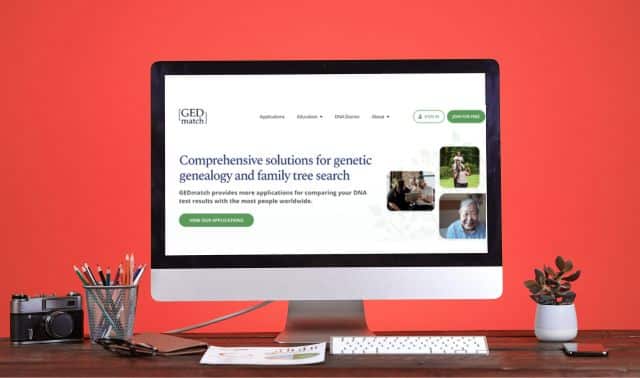Sign up for the Family Tree Newsletter Plus, you’ll receive our 10 Essential Genealogy Research Forms PDF as a special thank you!
Get Your Free Genealogy Forms
"*" indicates required fields

Q: I’ve tested with five companies and have so many DNA matches. How can I keep them organized?
A: As DNA databases grow and more people get tested, organizing matches becomes even more difficult. The companies themselves provide woefully few tools to do so, and it’s easy to be overwhelmed by the sheer number of your DNA cousins.
Several catchall programs have tried to scoop up all of our DNA data and display it in one simple interface, but none have been clear standout successes. The best is Genome Mate Pro, but the service has a steep learning curve that hampers your return on investment. You might track matches from different testing companies in a spreadsheet, but that document could quickly become unruly as well.
However, even in the absence of a simple catchall system, you can still do quite a bit to manage your mountains of genetic cousins within each testing company.
Approach your match page with a goal. When you limit your attention to only the matches most likely to directly aid your research, staying organized becomes much easier. You’ll be dealing with 10 or 20 matches instead of 1,000 or 2,000. Find these “best matches” by searching by surname or location or using the Shared Matches tool to find people who have a similar relationship with each other.
With your subset of best matches identified, you can employ these three other organizational techniques to keep track of your research:
1. Use the notes feature.
All testing companies allow a space for you to note how you are related to the match, whether or not you’ve corresponded with the match, and other status updates.
2. Categorize your match list using shared matches.
Dana Leeds’ simple method incorporates each site’s internal Shared Matches list. When employed, this tool has the potential to divide your match list into four groups, one for each of your grandparents.
3. Color-code your matches.
Blaine Bettinger announced a Google Chrome plugin called DNA Match Labeling that will help you assign different colors to your matches at AncestryDNA. (Search the Google Chrome Web Store for DNA Match Labeling.) Combine this with the above Leeds Method, and you could assign a different color to each of your four groups, making it easy to identify a match as belonging to a particular line.
Whichever method(s) you choose, staying organized means you’re more likely to be able to turn that long list of cousins into ancestral discoveries.
A version of this article appeared in the May/June 2019 issue of Family Tree Magazine.
Related Reads
ADVERTISEMENT




